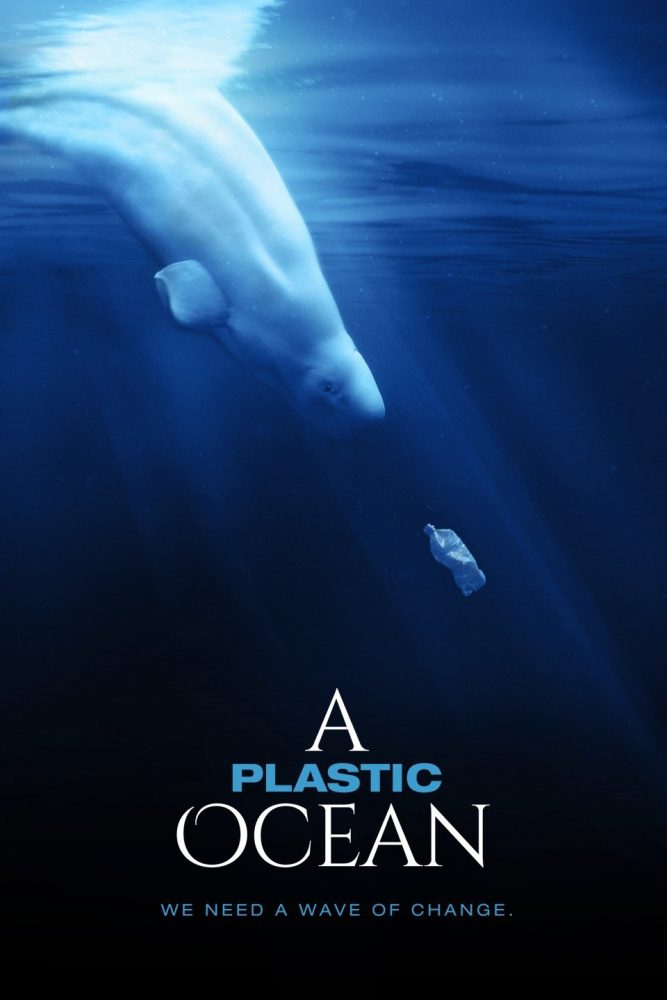Photo courtesy of IMDb
On April 5, the Ryan Auditorium hosted a screening of “A Plastic Ocean.” The screening was hosted by the local Junior Girl Scout Troop #560 hoping to unveil the alarming plastic pollution affecting Earth’s oceans. Families, students and faculty attended the event and learned from partnering organizations, including Clean Ocean Access, North American Marine Environment Protection Association, Save the Bay and Mystic Aquarium.
These organizations provided information about changing our habits and manners can help save our seas. This includes participating in beach clean ups, recycling, using reusable bottles and bags as well as eating sustainably sourced seafood. Additionally, a beach clean up scheduled around the state was provided and may be accessed at www.cleanoceanaccess.org. Eating sustainably fished seafood refers to avoiding consumption of overfished species in exchange with fish caught responsibly.
The documentary reeled viewers in by showcasing a magnificent adult blue whale. These animals stretch the length of three school buses and maintain a steady speed of 30 kph. The tone soon changed as the documentary unveiled footage of the seafloor, coated with plastic. A voice informs the viewer that “in the last ten years we have made more plastic than in previous decades and most of it comes from re-usable products.”
It doesn’t stop there. In order to produce that plastic 63 billion gallons of oil are utilized on an annual basis. As stated in the documentary, “plastic is coating our lands and oceans like a disease.” A product of pollution, plastic left behind winds up in the ocean. According to records, at least eight million tons of plastic are dumped into the ocean every year. Considering its durability, it never quite breaks down, so what happens to it?
More than five trillion pieces of plastic float in our ocean, broken down by sunlight into microplastic, tiny pieces of plastics. Furthermore, water samples revealed more particles of plastic than plankton, the critical food source for marine animals. This translates into animals eating overwhelming amounts of plastic and leading to an unnaturally quick death. How does this impact humans?
You might enjoy swimming in local waters, consuming seafood or engaging in recreational water activities. Unfortunately for you the Food and Drug Administration does not regulate seafood containing plastic. Far from myth, plastic debris and textile fibers were found within marine animals sold for human consumption.
We are all connected. Garbage improperly thrown away in the United States may end up traveling to Antarctica. The reality is it’s just one ocean, not restricted by boundaries. Therefore efforts to restore and conserve the ocean will need to be done on a global level. Countries may need to implement stricter regulations to protect and clean up their local waters. One story serves an an example of how we can still make a positive change. Thanks to the determination of one journalist, New Zealand has the cleanest ocean in the world. His research caused a domino effect, resulting in the government closing industries exposed for depositing pollutants into the ocean.
The film has already caused a wave of change in Middletown, Rhode Island, launching the ban of plastic bags in response to a previous screening of the documentary. Join community members at the South Kingstown, Rhode Island, Town Hall on May 14 at 7:30 p.m. to petition banning single use plastic bags.

